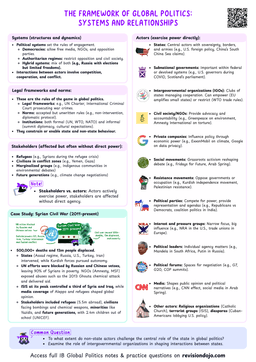Approaches to Development and Sustainability
Global North
Refers to economically and industrially advanced countries, generally located north of less developed nations.
Global South
Refers to countries with lower levels of economic and industrial development, typically found south of more developed nations.

Three Development Theories
1. Modernization Theory
- Suggests countries develop in 5 linear stages (Rostow):
- Traditional → 2. Transitional → 3. Take-off → 4. Drive to maturity → 5. Mass consumption
- Global South can catch up to Global North by replicating its path: free markets, democracy, industrialization.
- Criticism: Ignores colonial legacies, assumes all countries follow same path.
Modernization Theory: South Korea
- In the 1960s, South Korea was a poor, rural country.
- Followed a Western-style development path:
- Industrialised, expanded education, adopted capitalism, and moved towards democracy.
- Today, it is a high-income, democratic nation with advanced technology and exports.
- What it shows:
- South Korea’s development reflects Rostow’s five stages, supporting Modernisation Theory’s idea that countries can "catch up" by following the same model as the Global North.
2. Dependency Theory (Neo-Marxism)
- Global South remains poor due to historical colonial exploitation and ongoing dependence on the Global North.
- Structures of trade, aid, and investment favour the North.
- Key issues:
- Commodity concentration: Reliance on a few exports (e.g., copper from Zambia).
- Protectionism by the North: Rich countries promote free trade but impose tariffs on goods from the global south.


